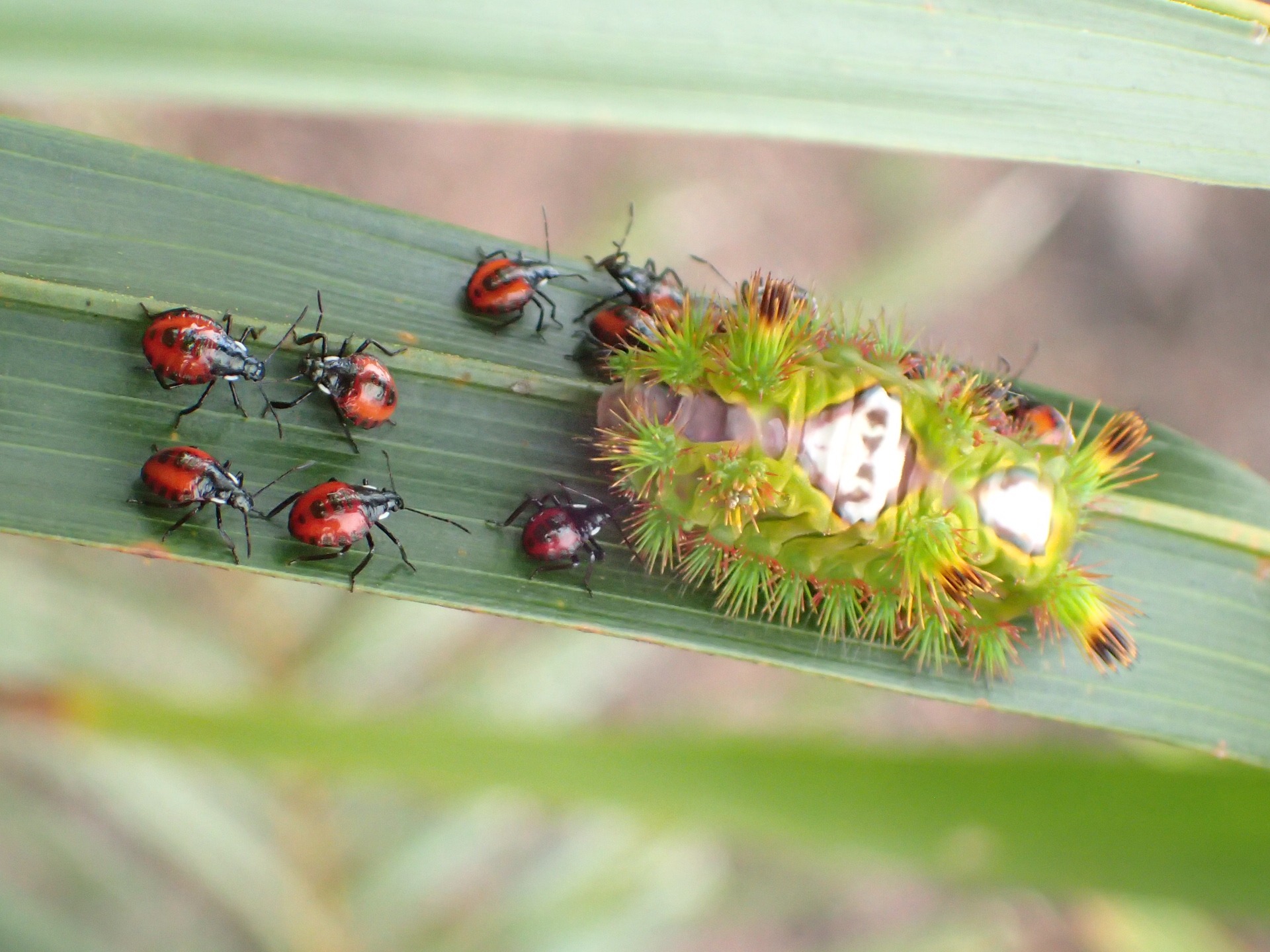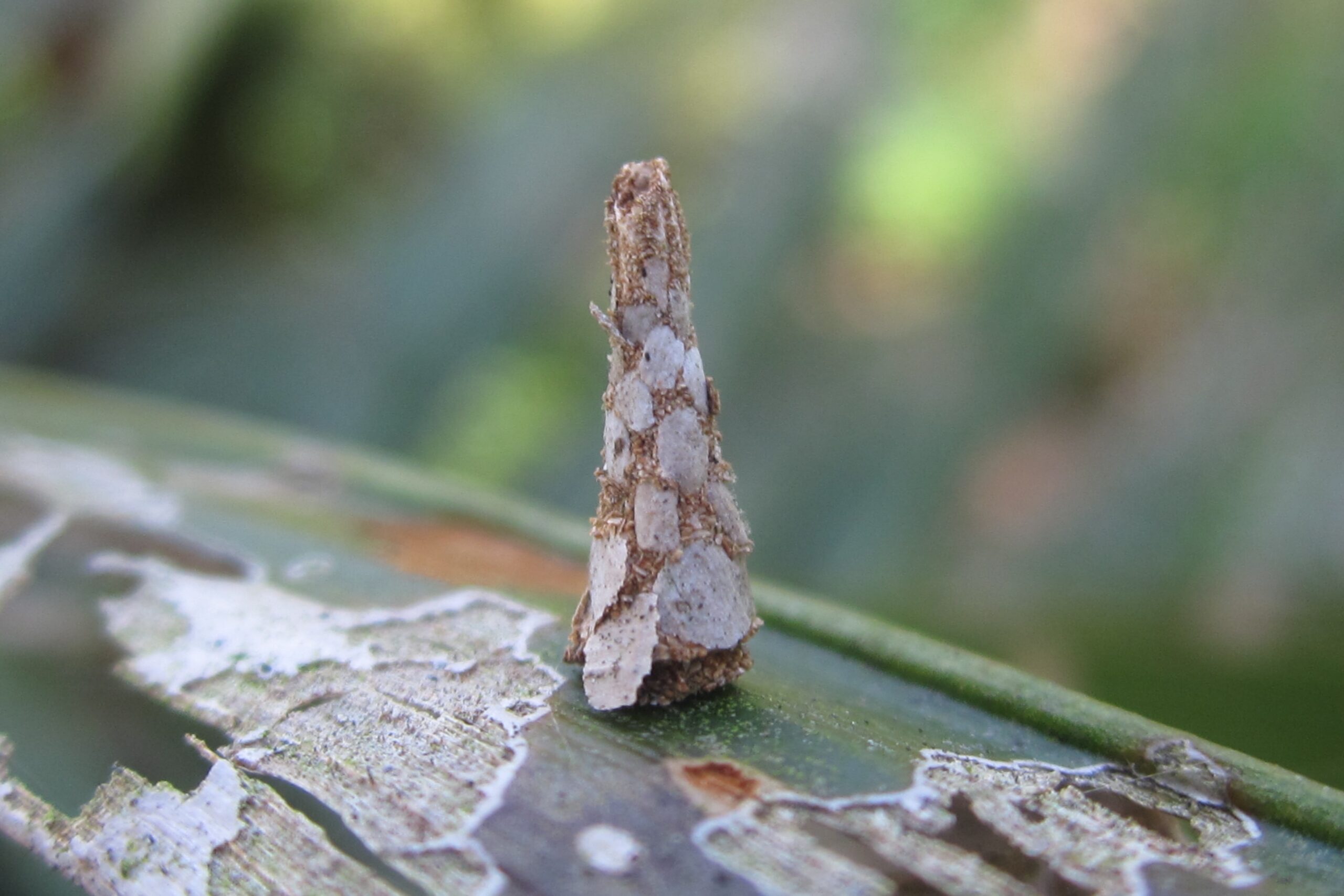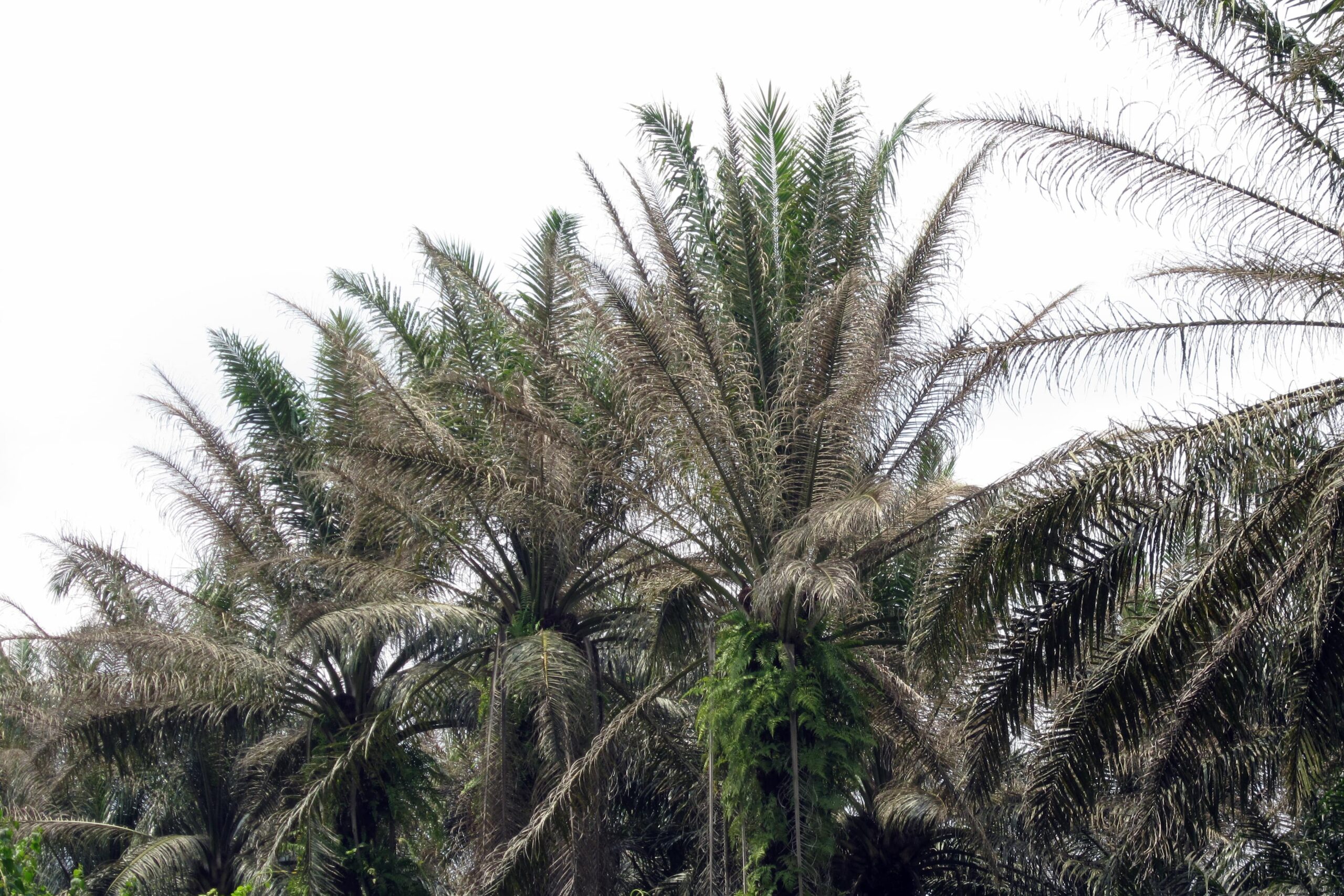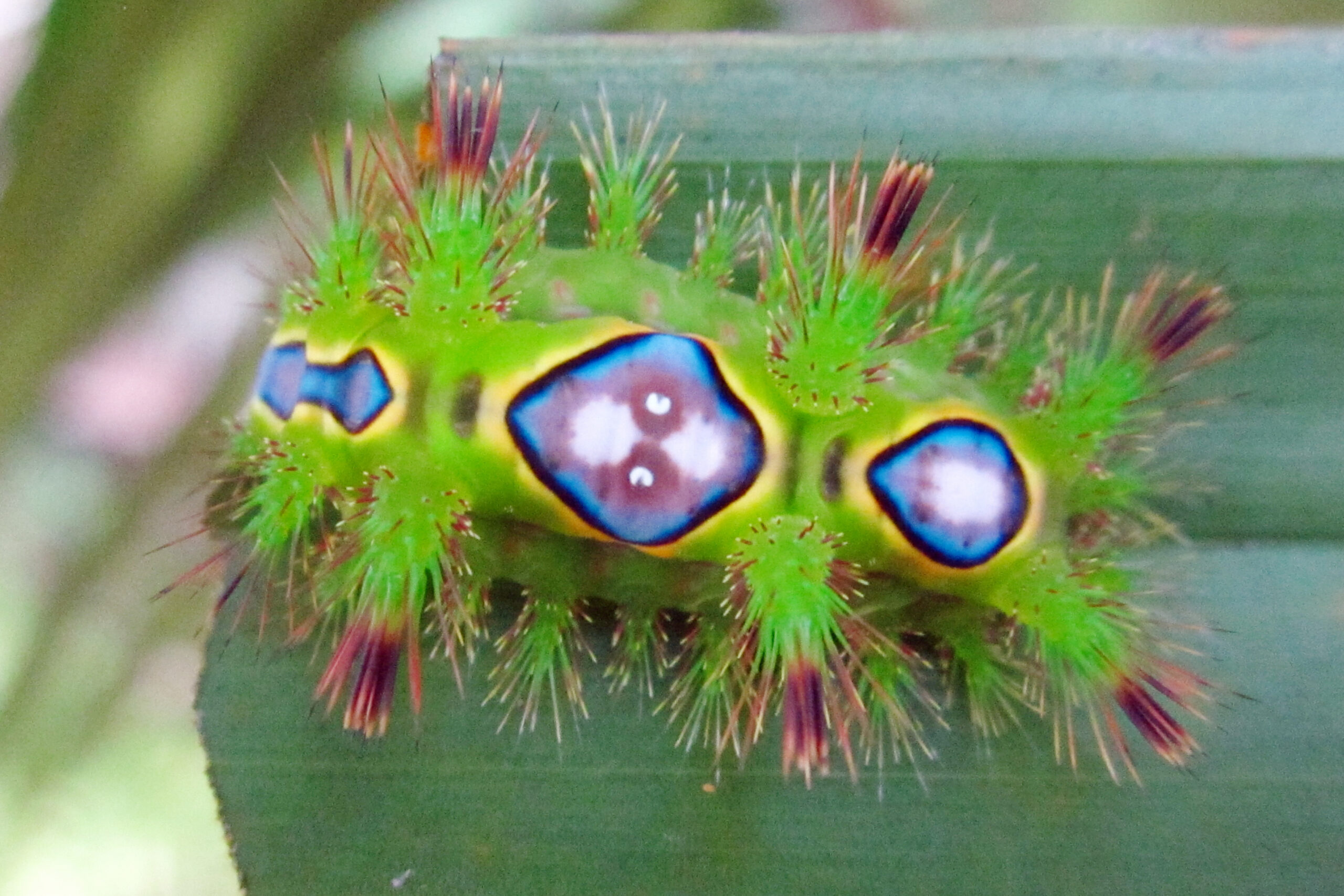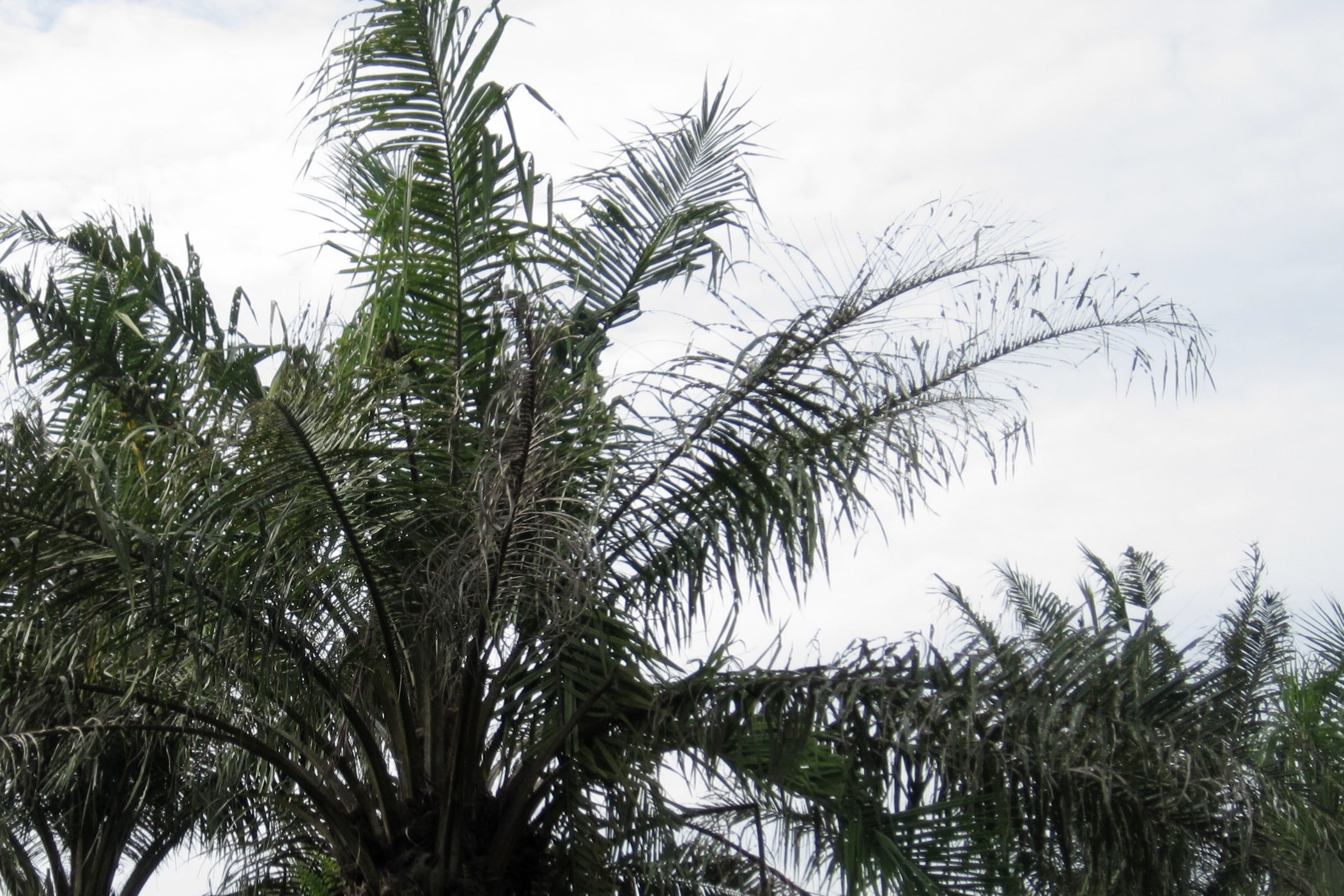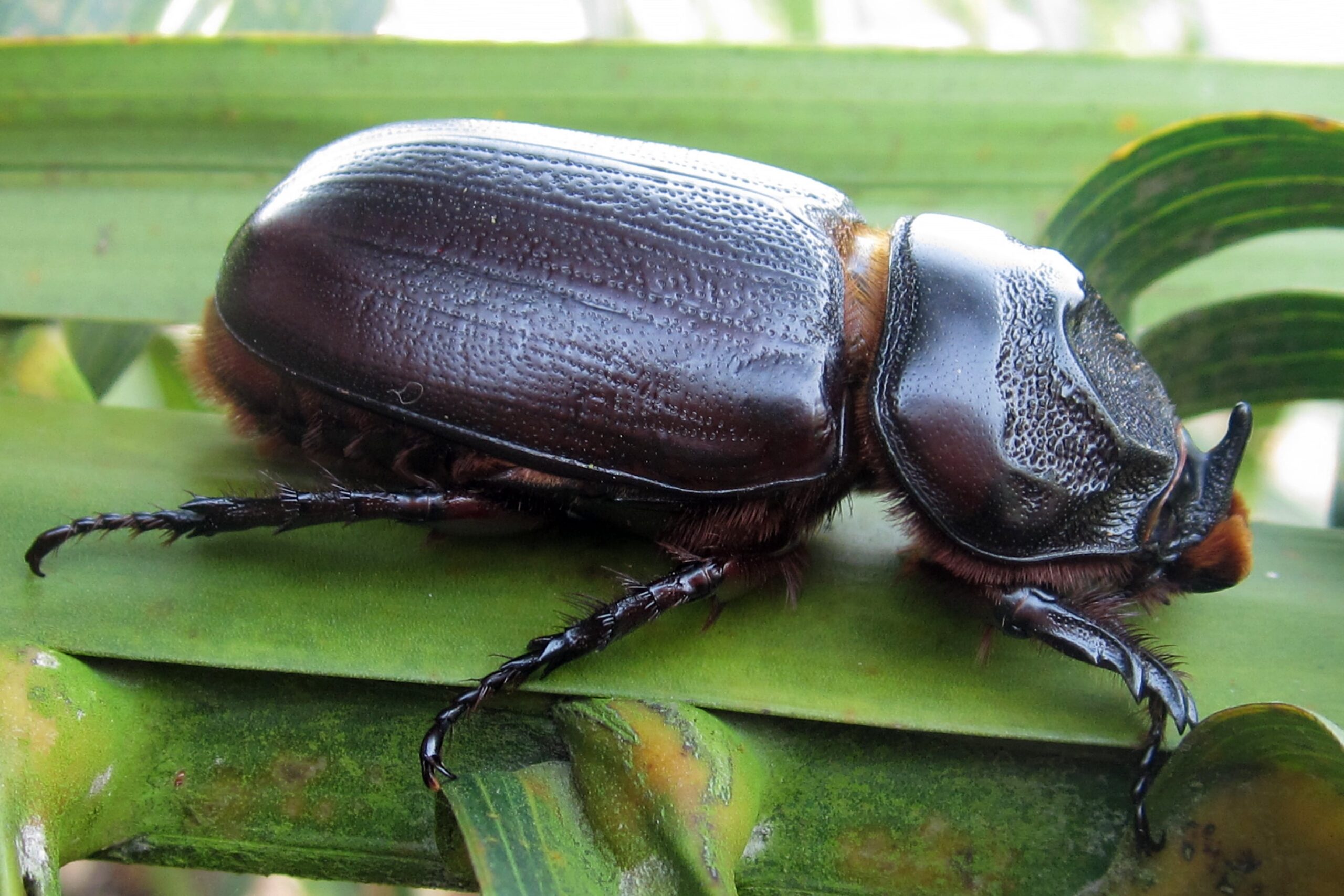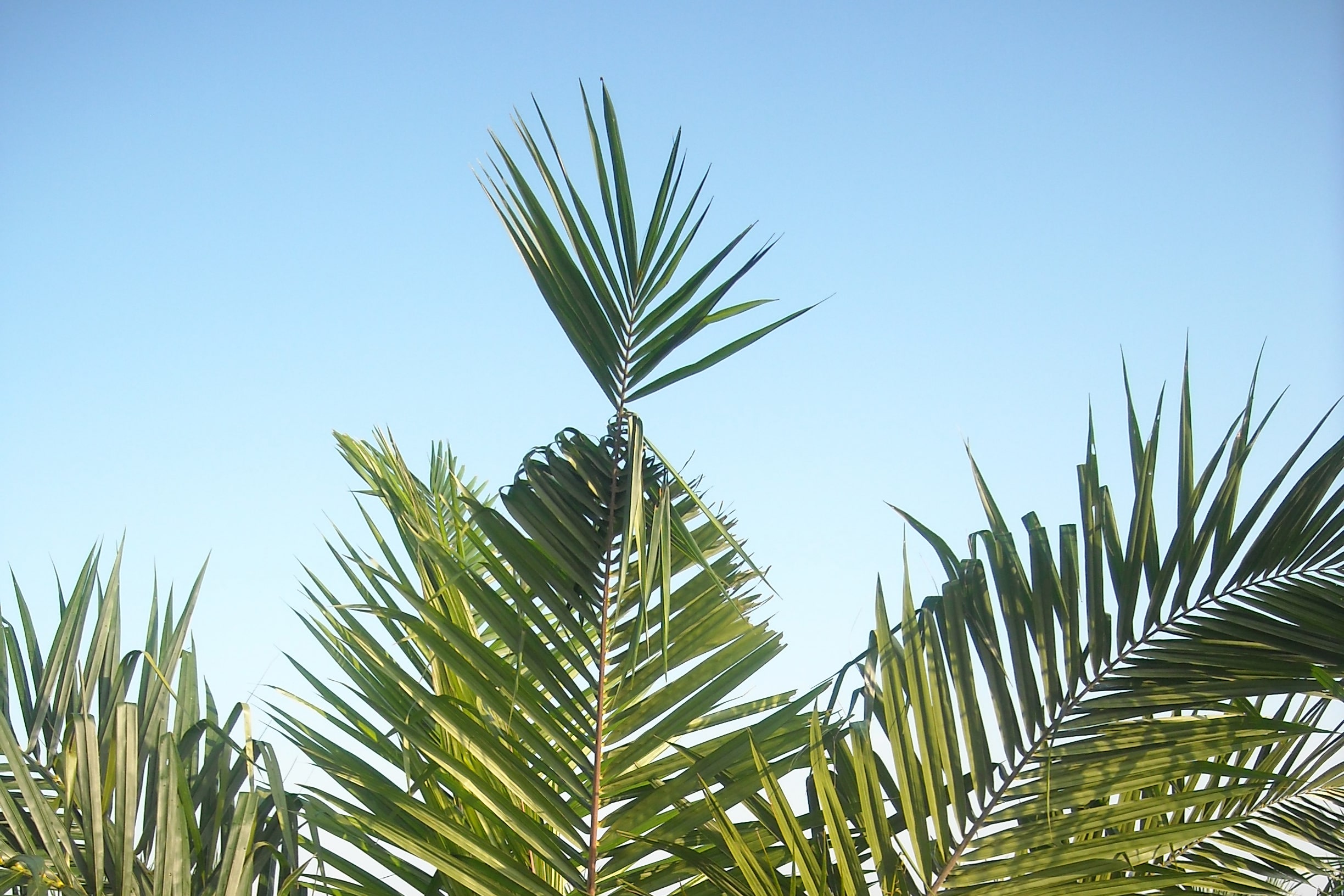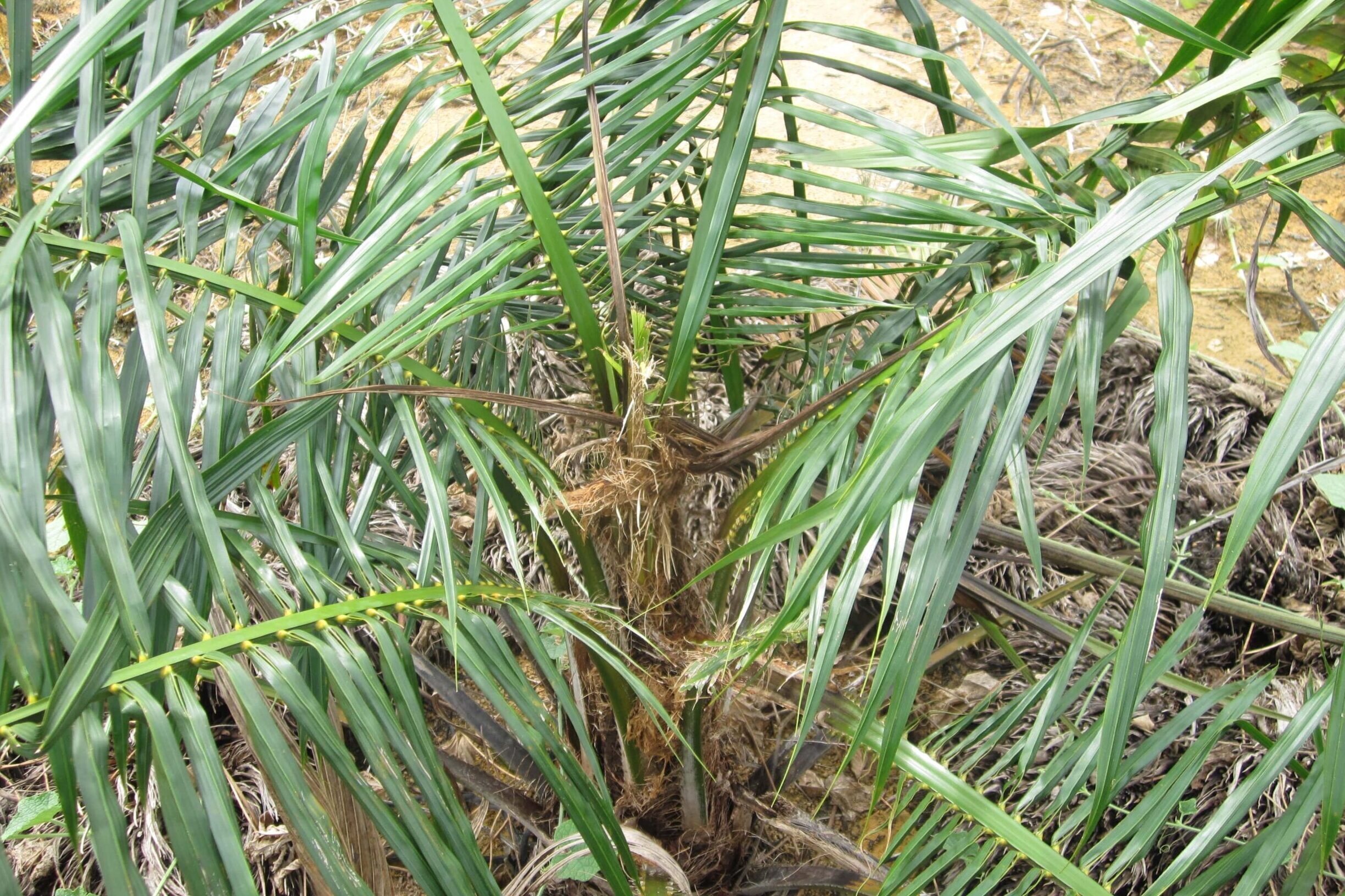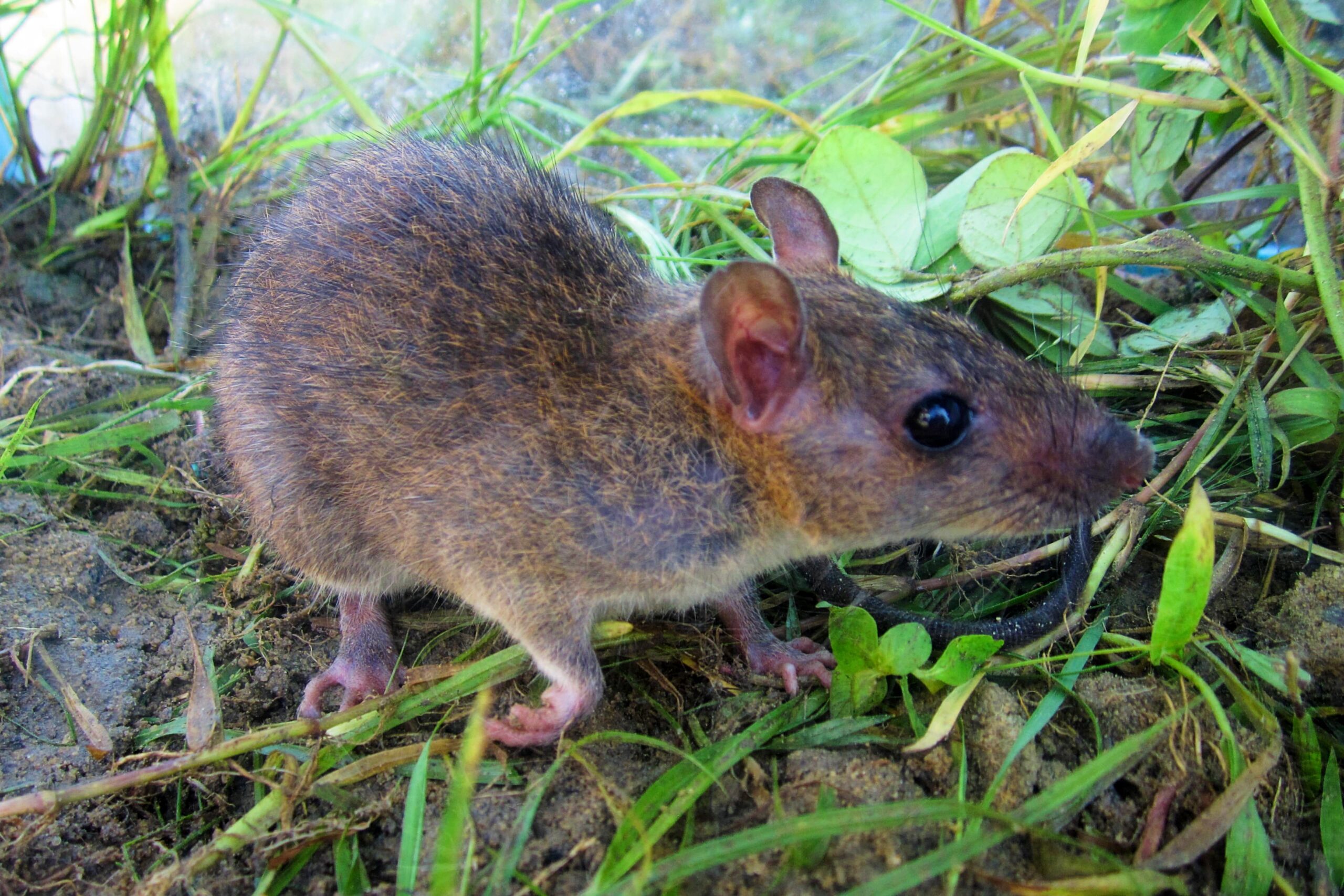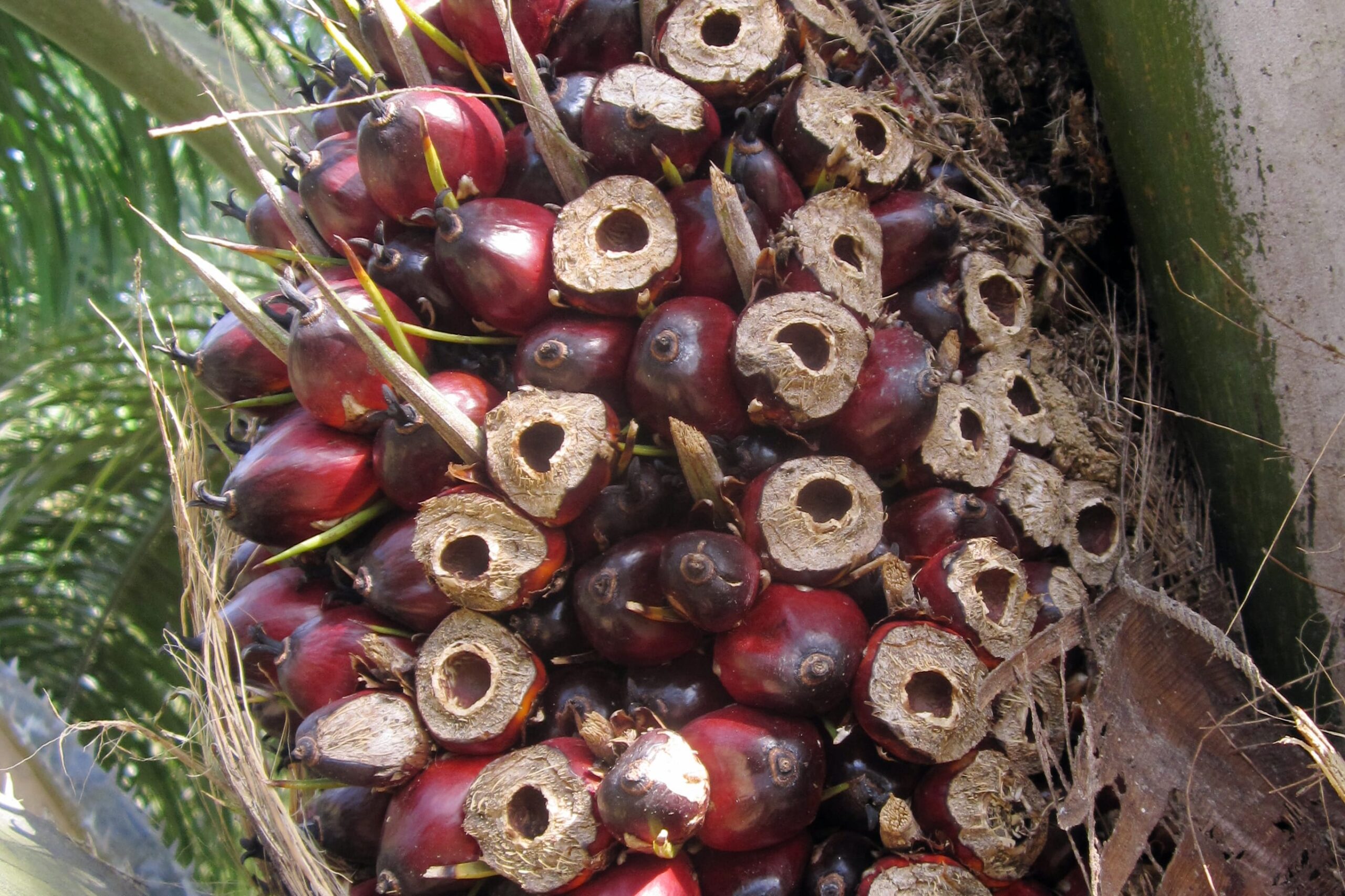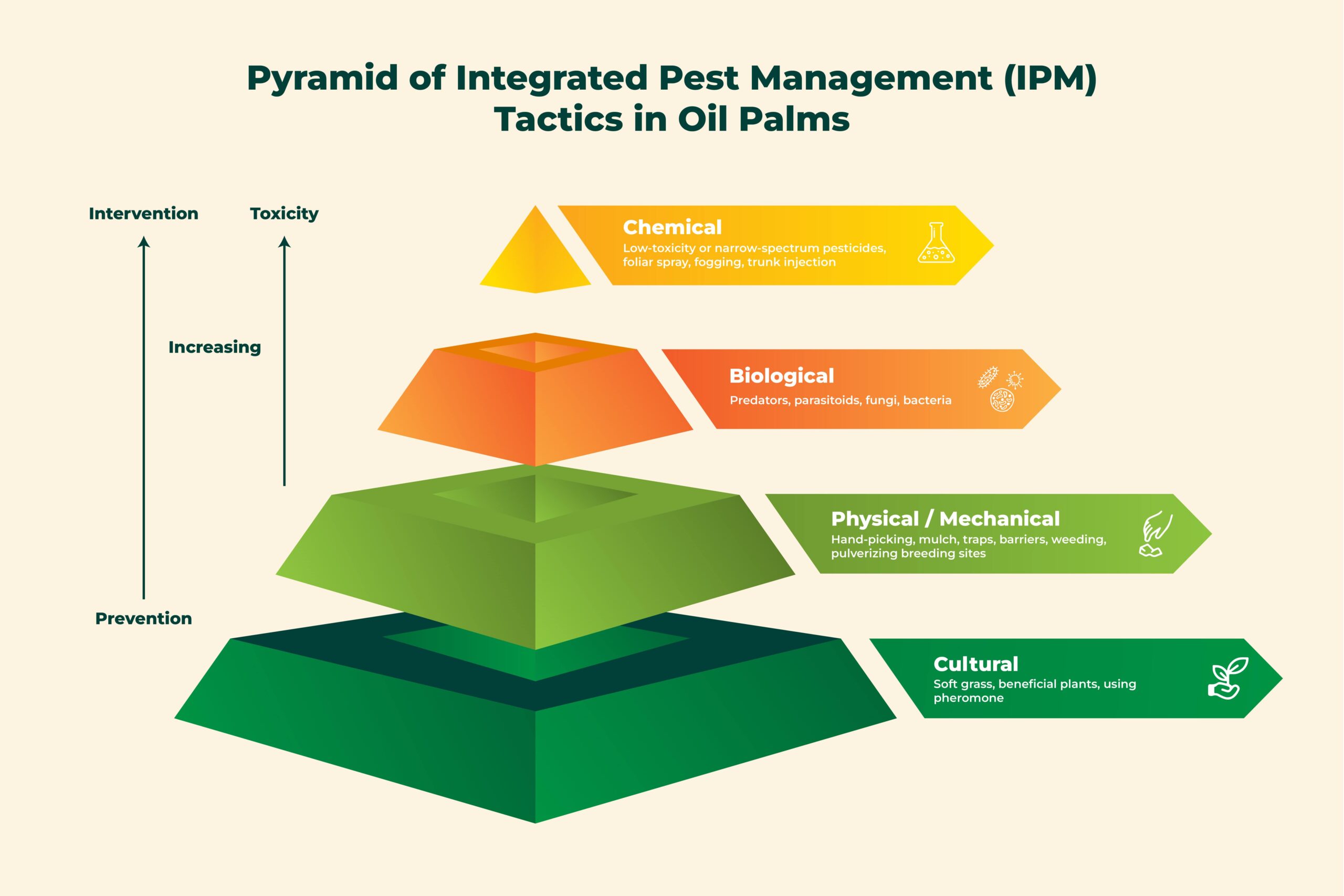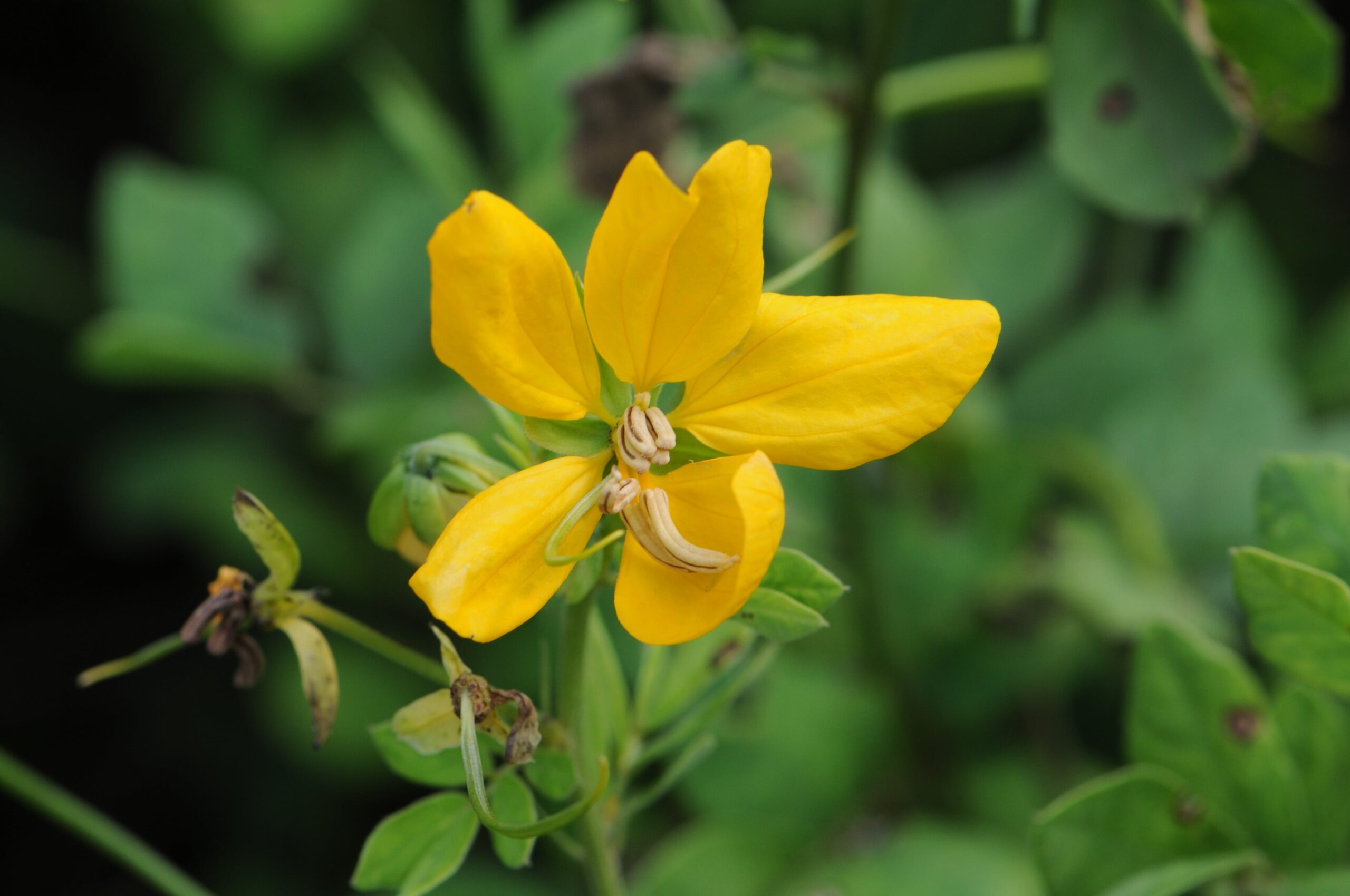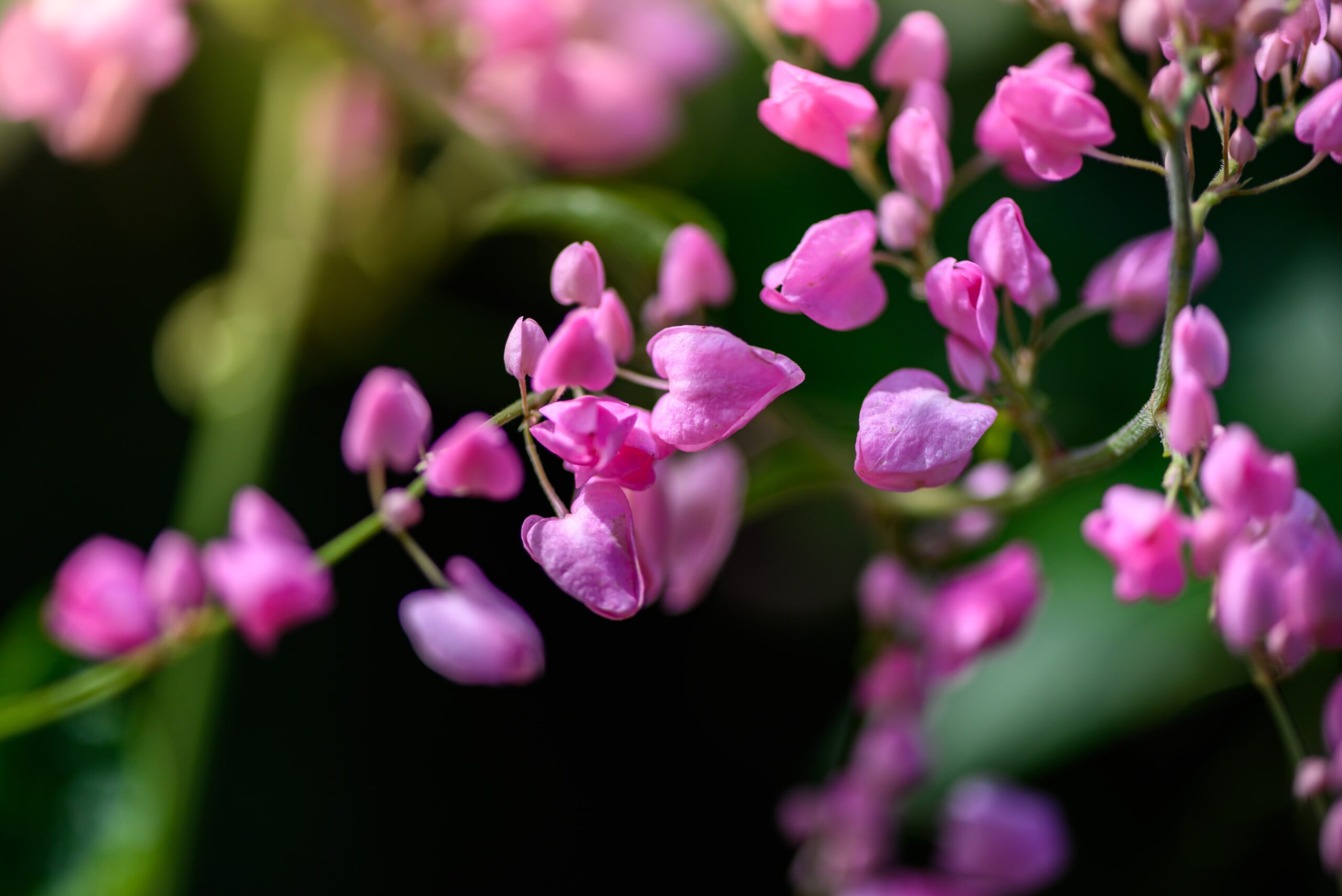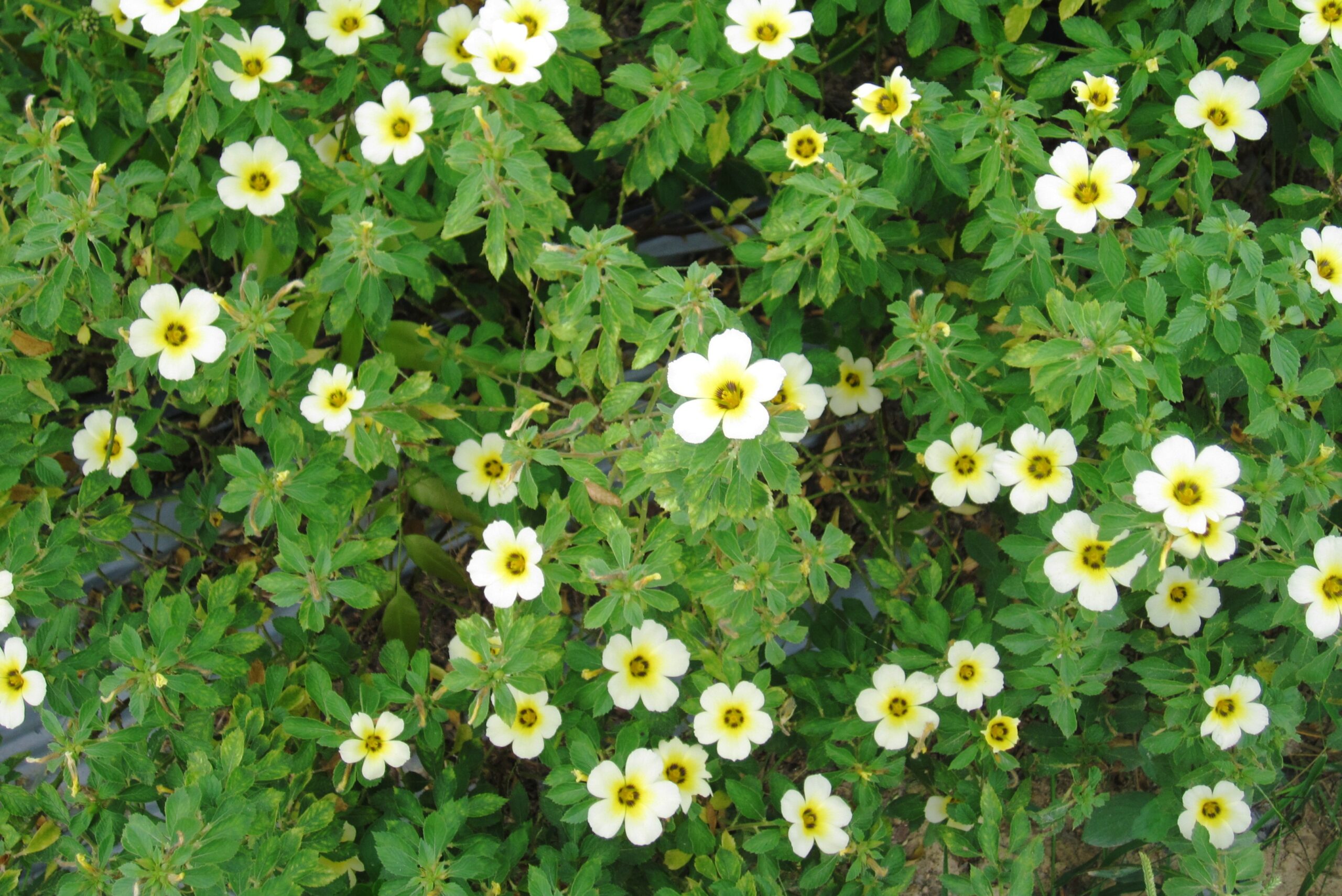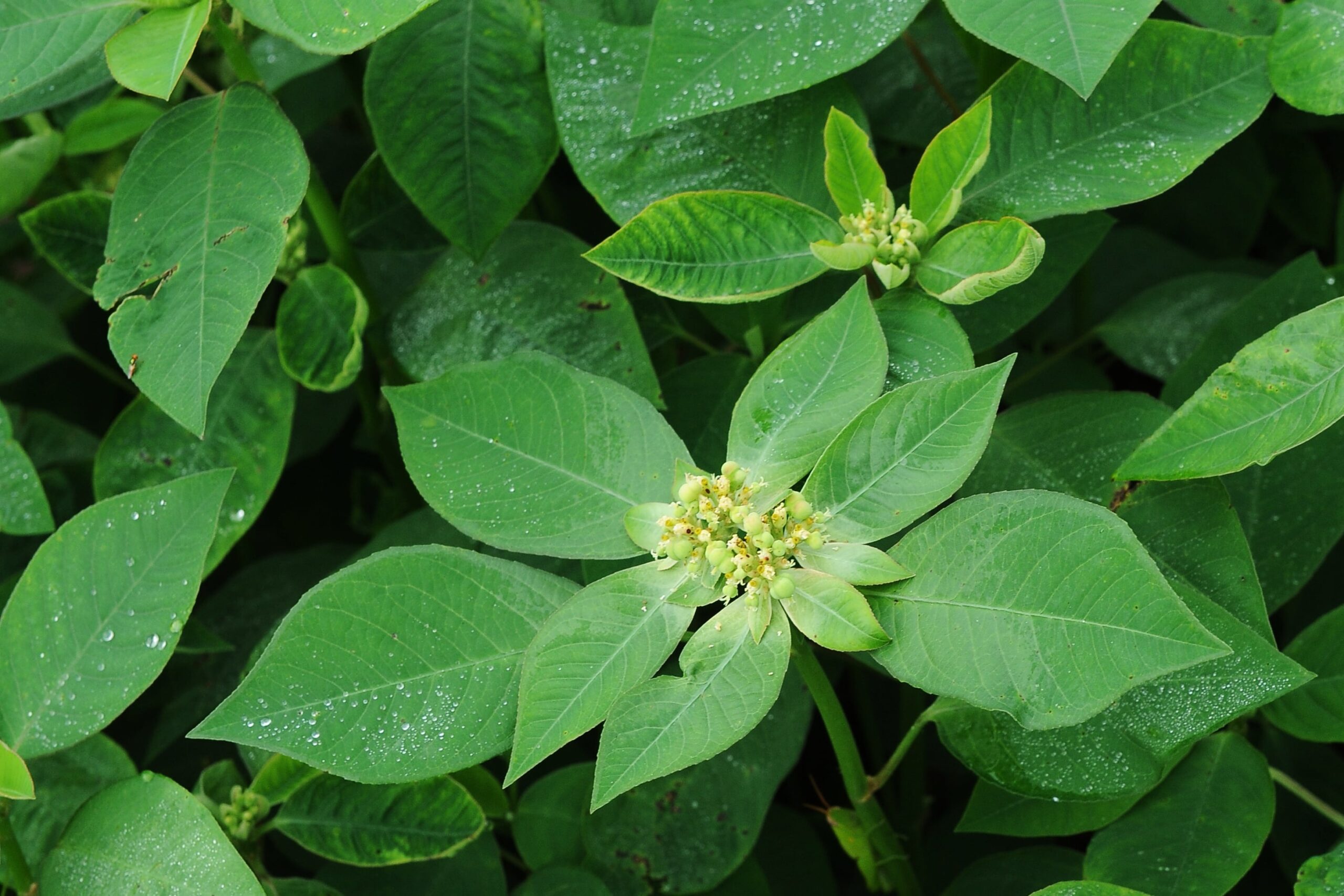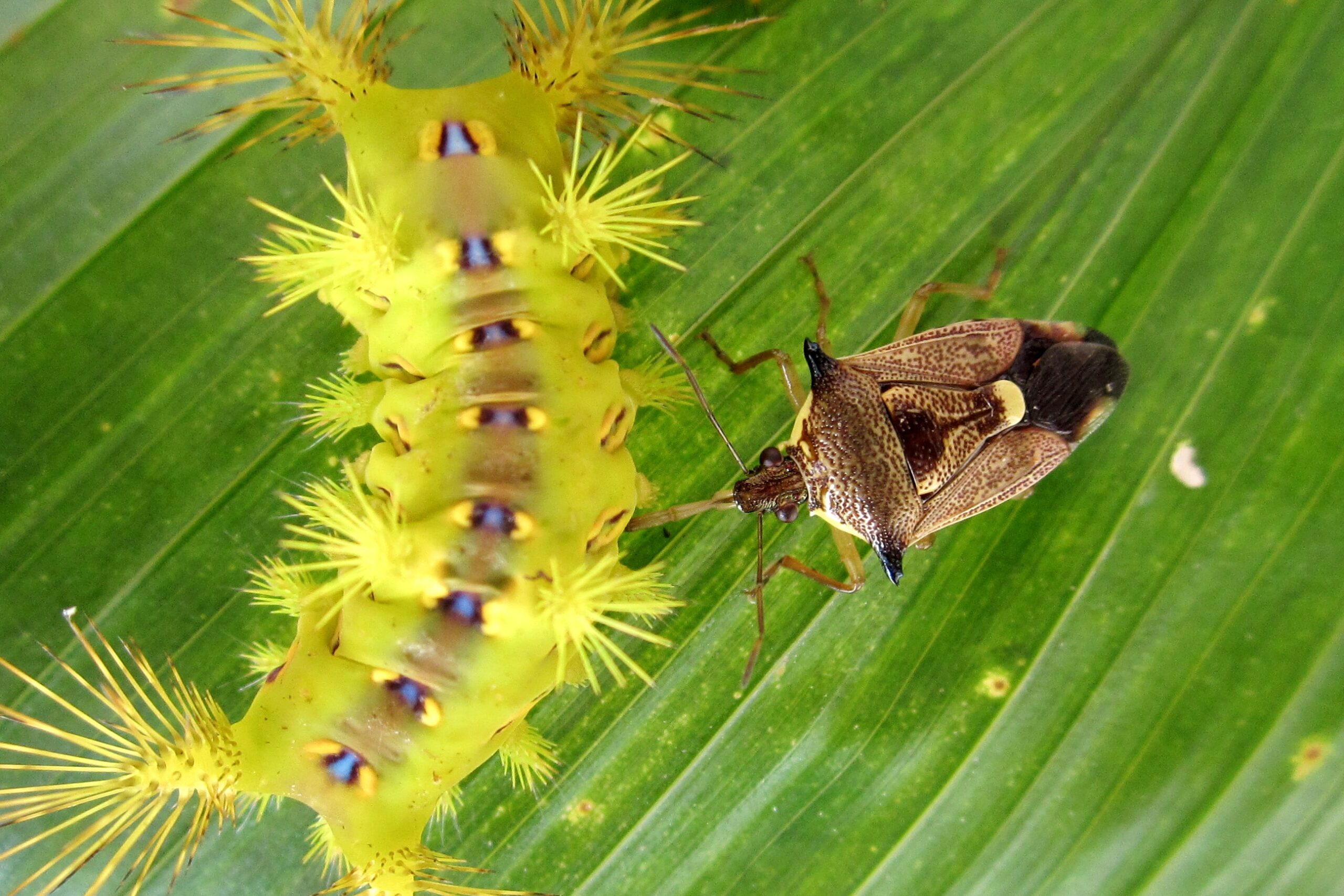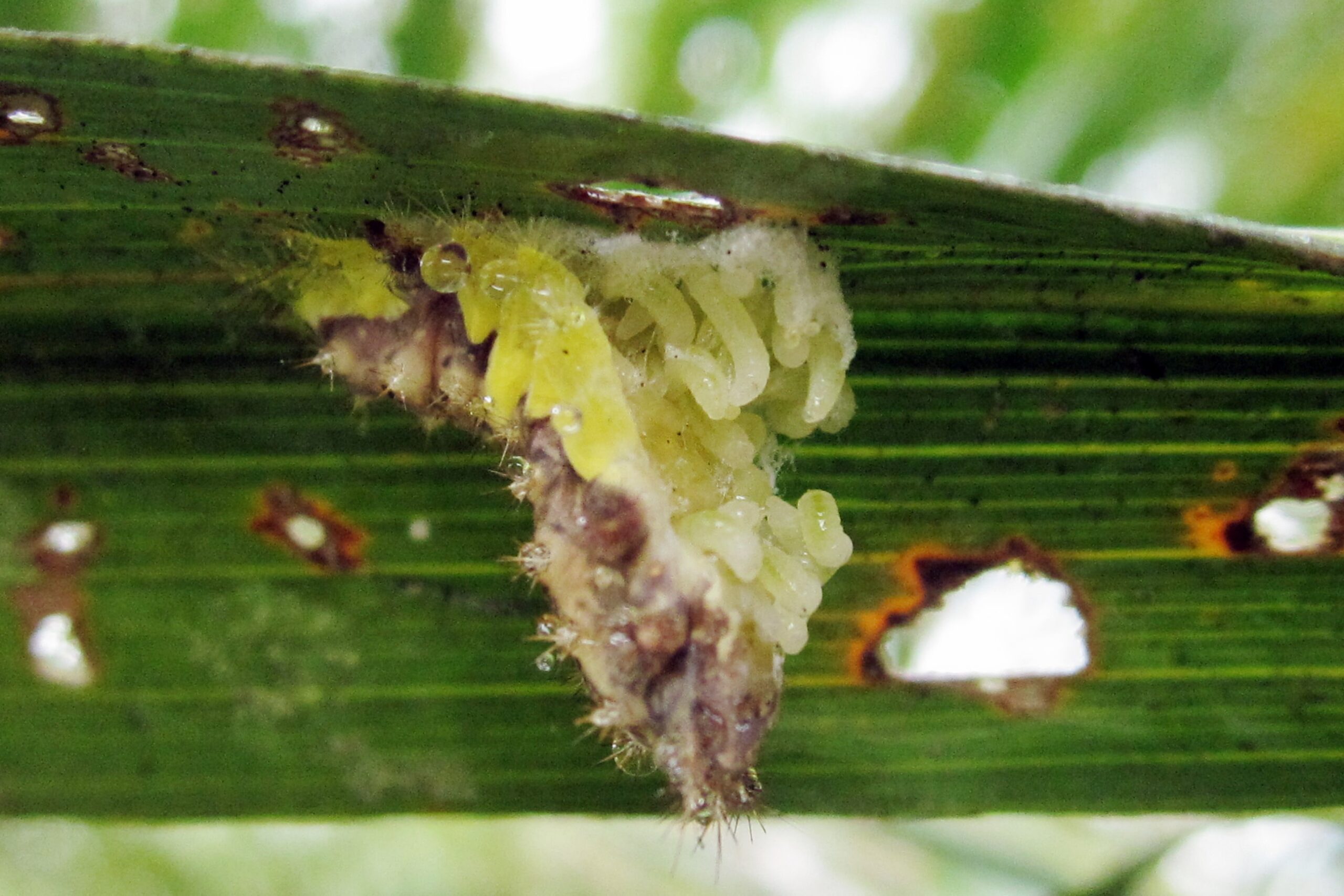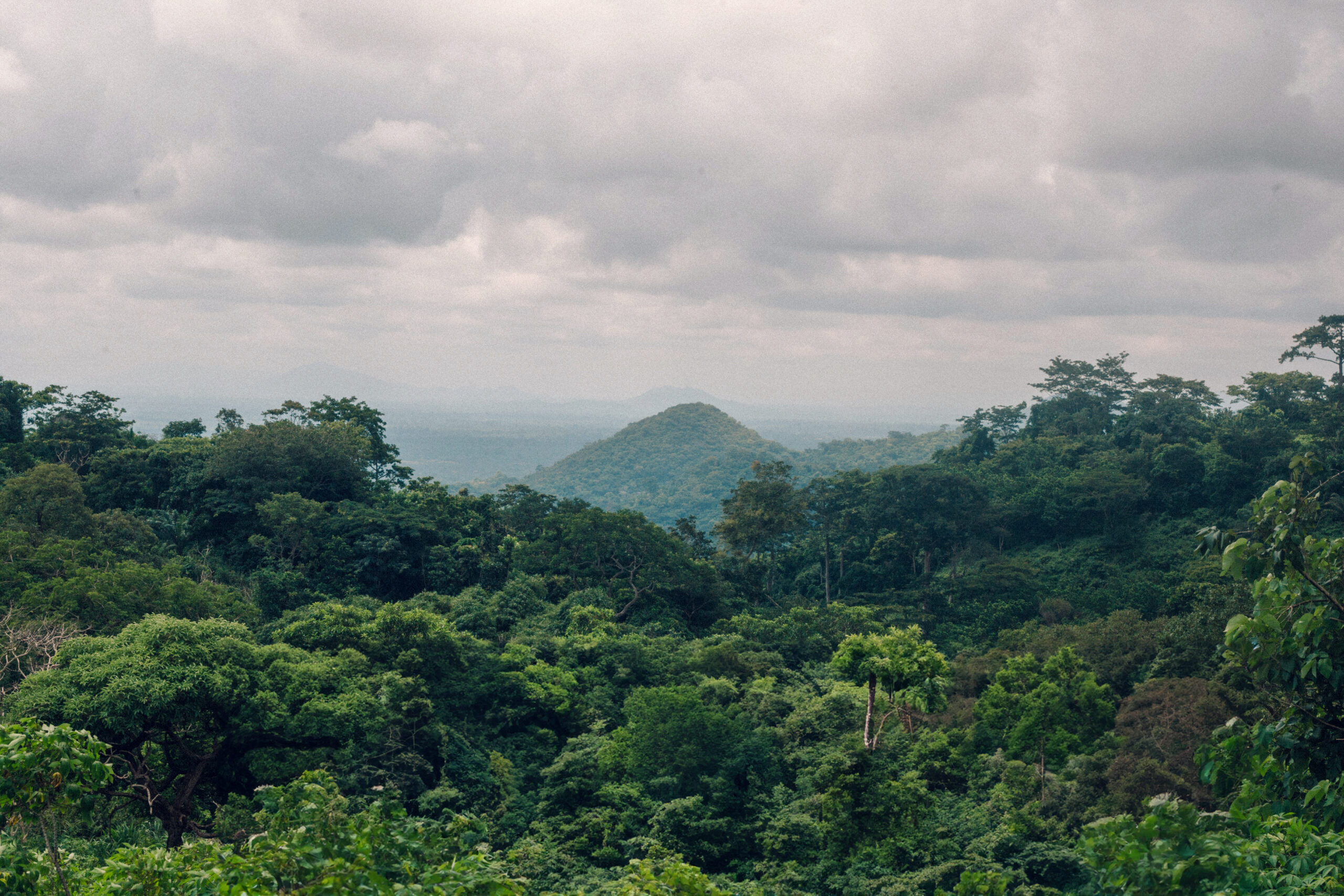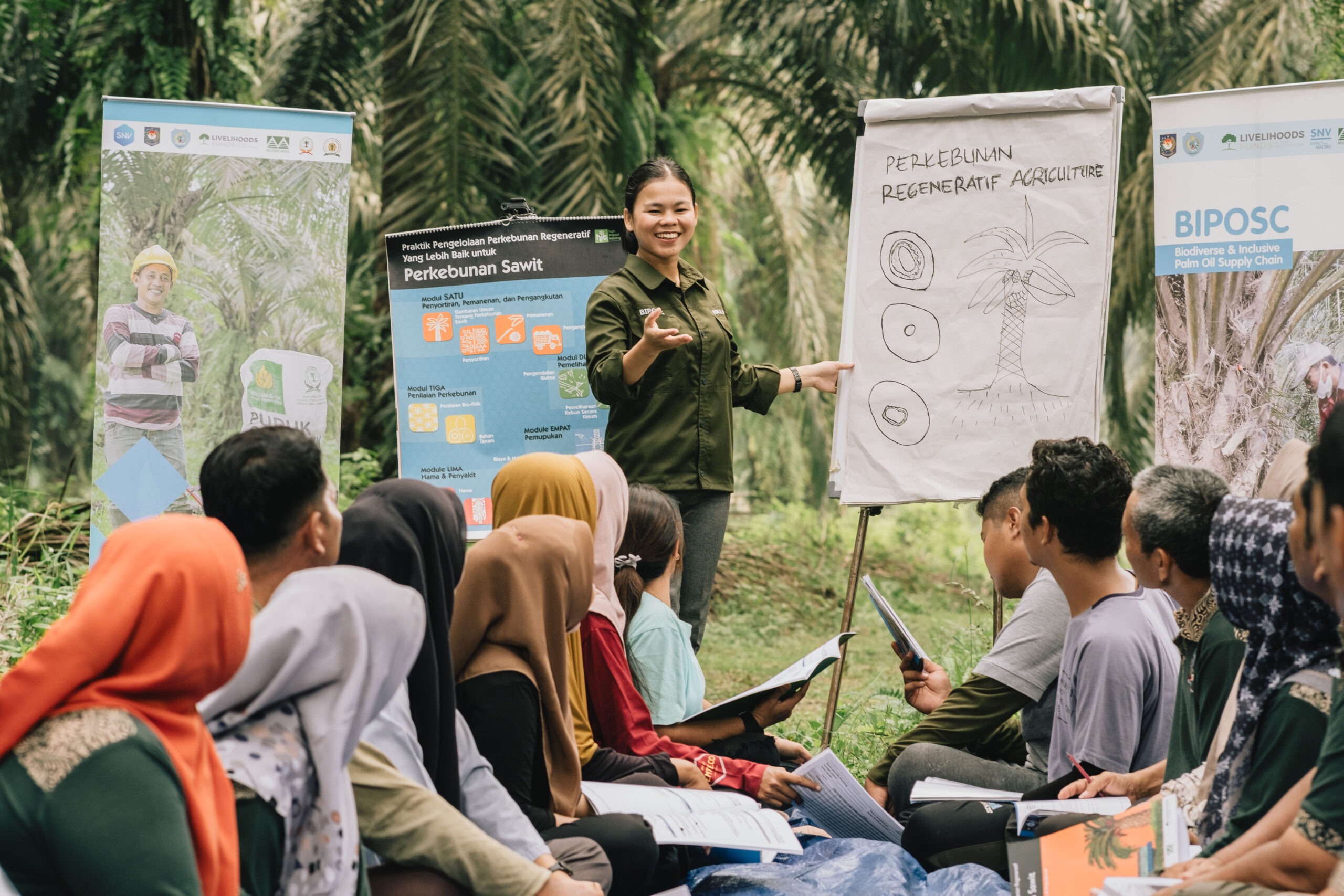By: Yeo Yu Teng
What is a pest outbreak | Pest outbreak causes | Oil palm pests | What is IPM | IPM benefits | Musim Mas IPM
Pests are more than just a nuisance in the agriculture industry. They can destroy crops, ruin entire plantations, and affect the livelihoods of farmers who rely on them. Even though pests pose a significant threat, they’re also an essential part of nature and play a vital role in our ecosystem.
However, conventional pest control methods involving the indiscriminate use of pesticides can harm the environment. So, how can farmers control pests while minimizing the negative impact on the environment? This article explores the concept of Integrated Pest Management (IPM) and its application in sustainable palm oil production, using Musim Mas’ plantations as a prime example.
What Is a Pest Outbreak?
Imagine you’re baking a cake, and suddenly, a swarm of ants invades your kitchen. They’re not just there to annoy you; they’re part of the ecosystem, playing a role in breaking down organic matter. Similarly, critters like leaf-eating caterpillars and beetles aren’t inherently villains. They’re just doing what comes naturally to them. The trouble arises when they turn their attention to our precious crop plants. They become labeled as “pests” as they can damage crops and reduce yields.
An outbreak, from an ecological standpoint, refers to a sudden and significant increase in the population of a specific pest species within a short timeframe. This surge poses a threat when it negatively affects human survival, property, and the overall well-being of people.
Why Does a Pest Outbreak Happen?
Outbreaks happen due to various factors in the ecosystem, like the interactions between pests and their host plants, or predators and prey [1]. For example, ladybugs feed on aphids, which are a pest to many plants. If the number of ladybugs decreases, the aphid population can grow unchecked, leading to an outbreak.
The way species adapt to their environment also affects outbreaks. Some plants have defenses like thorns or toxins to protect themselves from pests. For instance, tobacco plants produce nicotine, which acts as a natural insecticide to deter leaf-eating pests like caterpillars [2]. Pests, in turn, have ways to overcome these defenses, such as being good at finding their host plants or reproducing quickly.
Some plants and pests even develop cooperative behaviors. For example, certain ants eat the sugary honeydew produced by aphids and in return, protect the aphids from natural predators such as ladybugs [3]. These kinds of relationships can influence how outbreaks develop. By understanding these basic ecological principles and studying different types of outbreaks, researchers can tailor specific strategies to prevent and control each type of pest.
How Do Pests Affect Palm Oil Production?
Pests can affect palm oil production in various ways, causing damage to leaves, flowers, bases, or fruits and affecting the quantity and quality of palm oil harvested.
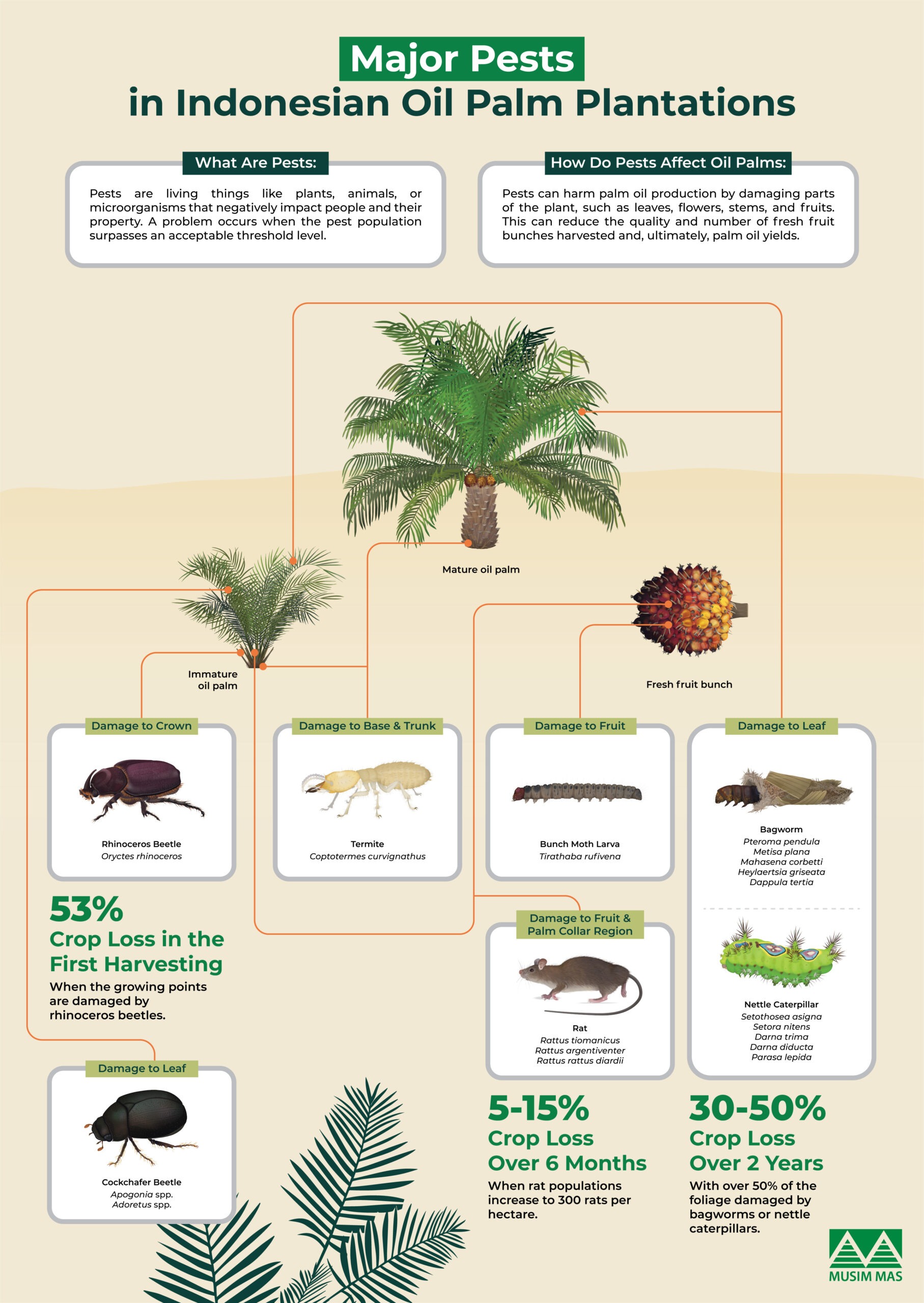
Damage to Leaf
Major defoliators, such as nettle caterpillars and bagworms, feed on palm leaves, leaving behind holes and causing damage. When their populations soar, they can defoliate entire leaves. Plants need leaves to capture sunlight and produce food through photosynthesis. Without leaves, the palms will have reduced photosynthetic activity, resulting in diminished fruit yields. For instance, when the leaves suffer 50% damage, their fruit yields may plummet by up to 43% over two years [4]. As palm oil originates from oil palm fruits, a decline in fruit harvest directly translates to decreased palm oil production.
Damage to Crown
The crown is an essential area of oil palms, as it is where new fronds emerge as a central spear and grow. Any damage to the area can stunt the plant’s growth and, in severe cases, kill it.
Rhinoceros beetles burrow into the crowns of young palms to feed on their sap. As the new frond unfolds, it’ll look deformed with V-shaped leaves. Other symptoms include the snapping of the spear and oval-shaped holes at the base of the frond. Also, rats nibble the frond buds of young palms and cause considerable damage.
Damage to Fruit
The larva of bunch moth burrows into oil palm bunches, where they feed and cause damage to developing fruits. Additionally, rats consume the fleshy parts of the fruitlets and are able to reach the kernel portion in severe conditions, directly causing a decline in oil yield. If the rat population soars from the tolerable level of 60 rats per hectare to 300 per hectare within six months or less, the crop loss from the infested area could be 5 to 15%.
What Is Integrated Pest Management?
Imagine this: Instead of reaching for a can of bug spray whenever you spot a pest, you take a step back and assess the situation. You might ask yourself: Is it a pest species? What type of pest is it? Will my bug spray effectively control it? Can I tolerate this level of pest activity, or is it too severe? Are there natural predators that can help reduce their numbers? Interestingly, these questions touch upon key aspects of Integrated Pest Management.
IPM involves preventing or suppressing damaging pest populations by combining various control tactics. These tactics include cultural, physical, mechanical, biological, and chemical methods, aiming to reduce their numbers to manageable levels. It’s not about dousing pests with chemicals or switching from chemical to organic pesticides.
It’s like zooming out to see the whole picture of nature and figuring out how to prevent pests from bugging us in the first place. And if we do need treatments, IPM helps us choose the most effective ones with the least environmental harm. For instance, when using chemical methods, it’s essential to ensure that natural predators are also not killed.
Benefits of Integrated Pest Management
Embracing IPM offers several advantages. Economically, it reduces operating costs by using pesticides only when necessary rather than indiscriminately. Socially, it decreases pesticide exposure for workers and the public, thereby promoting a safer environment.
5 Steps of IPM
The IPM approach comprises five essential steps, emphasizing a systematic rather than a one-time solution.
Step 1: Identify the Pest
First, we need to figure out which pests we’re dealing with. Not all creatures are harmful; some are just part of nature. So, before controlling pests, we must ensure we’re targeting the right ones.
Step 2: Monitor the Pest
Now that we know which the pests are, we need to keep an eye on them. Pest populations can fluctuate, just like a rollercoaster, for various reasons. Sometimes, pests come and go without causing trouble; other times, they stick around and cause damage. By monitoring pests with census or survey, we avoid unnecessary treatments.
Step 3: Determine Action Thresholds
We’ve noticed some pests, but how many are too many? Like deciding when to clean your room, we set a point where pest damage becomes too costly. We balance between tolerating some pests and taking action when necessary. If the pest population is below the threshold level, we might leave them alone. But if they’re above the threshold or tolerant level, it’s time to take action.
Step 4: Explore Treatment Options and Make Treatments
Choosing treatments is like picking tools from a toolbox. We have various options for dealing with pests, and using pesticides is just one of them. However, we don’t immediately resort to the most potent chemicals. Prevention is essential, but sometimes we need more than that. We have different methods, such as cultural, physical, and mechanical methods, using natural predators of pests, and using pesticides as a last resort.
Cultural methods involve maintaining soft grass, planting beneficial plants, using pheromones to disrupt pest mating patterns, and reducing or removing pest breeding sites. Physical methods can include picking insects off the plant by hand, setting up light traps, and actively hunting pests. Biological methods harness the power of nature – using the natural enemies of pests, like predators, parasitoids, and pathogens. When chemical intervention is necessary, it’s crucial to opt for low- toxicity and narrow-spectrum pesticides, applying them carefully to minimize environmental impact.
Step 5: Evaluate Results
After taking action, we review the outcomes. Did our actions stop the pests? Did they cause any unintended problems? This evaluation helps us learn and adjust for the future, making pest management an ongoing process.
Musim Mas Integrated Pest Management
Producing palm oil in a sustainable way involves more than just no deforestation and avoiding habitat loss. It’s also about implementing integrated pest management, protecting crops with target-specific products, and adopting biodiversity-friendly practices. This blend of strategies is crucial in creating a resilient palm oil production system that’s environmentally friendly, socially responsible, and economically viable at the same time.
Beneficial Plants
In Musim Mas’ oil palm plantations, certain plants, like Cassia cobanensis, Antigonon leptopus, Turnera subulata, and Euphorbia heterophylla, are cultivated and maintained alongside the oil palms. These plants serve a dual purpose by attracting beneficial insects and providing them with both food and shelter.
For instance, predators like Cantheconidae furcellata prey on leaf-eating caterpillars, while parasitoids like Spinaria spinator lay their eggs on or inside the caterpillars. Once hatched, the larvae consume the caterpillars. By leveraging these natural predators and parasitoids, we reduce the need for excessive chemical usage, benefiting the environment and promoting sustainable palm oil production.
Barn Owls
Rats can consume oil palm fruits, leading to significant yield losses for farmers. Barn owls are efficient predators of rats, consuming large numbers of them annually. Farmers support barn owl populations by installing nest boxes throughout plantations, providing a habitat for the barn owl. By harnessing the ecosystem’s natural balance, farmers can effectively manage pests while minimizing environmental harm.
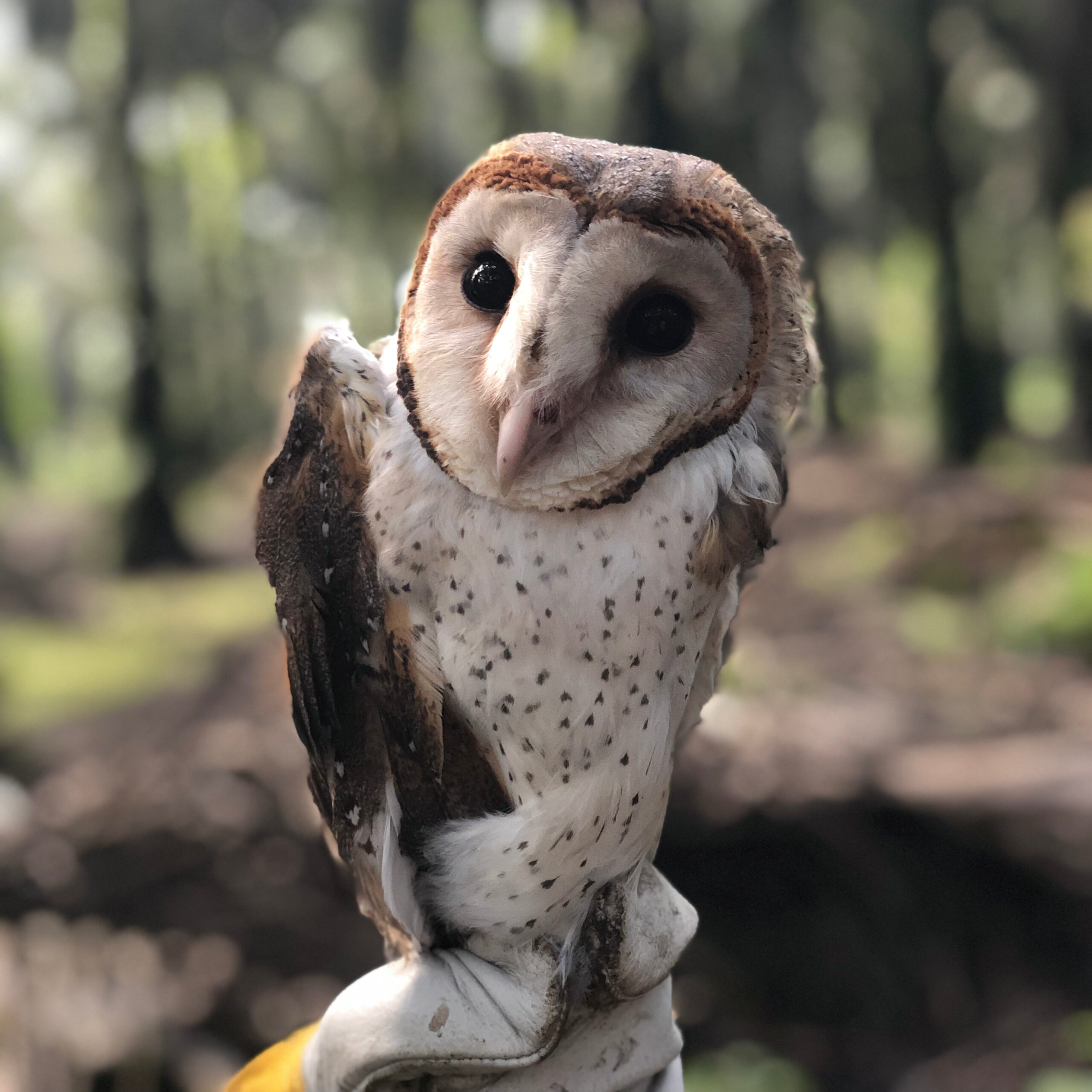
Microbial Control Agents
Microbial control involves using microorganisms to tackle pest populations. Think of it like recruiting an army of nature’s tiny warriors: bacteria, viruses, fungi, and protozoa. Take, for instance, Metarhizium majus, a fungus that infects pests like rhinoceros beetles and kills them. Then there’s Oryctes rhinoceros nudivirus, a virus that also reduced the lifespan of these beetles. These microorganisms are found in nature, isolated from infected rhinoceros beetles, then grown in labs and multiplied in controlled conditions. When released into the field, they specifically infect the beetles and keep their populations in check for a remarkable 4 to 8 months with just a single application.
Responsible Production with IPM
Integrated Pest Management offers a holistic approach to pest control, balancing economic viability with environmental sustainability. Through innovative techniques and collaboration with nature, Musim Mas exemplifies how palm oil can be sustainably cultivated. By embracing IPM, we can pave the way for a greener future where agriculture coexists harmoniously with nature.
IPM isn’t a one-time setup. Creating and updating IPM programs is an ongoing process [5]. These programs need constant research to keep up with changes in the environment and management practices, which is something we do in our Crop Protection Unit at Musim Mas.
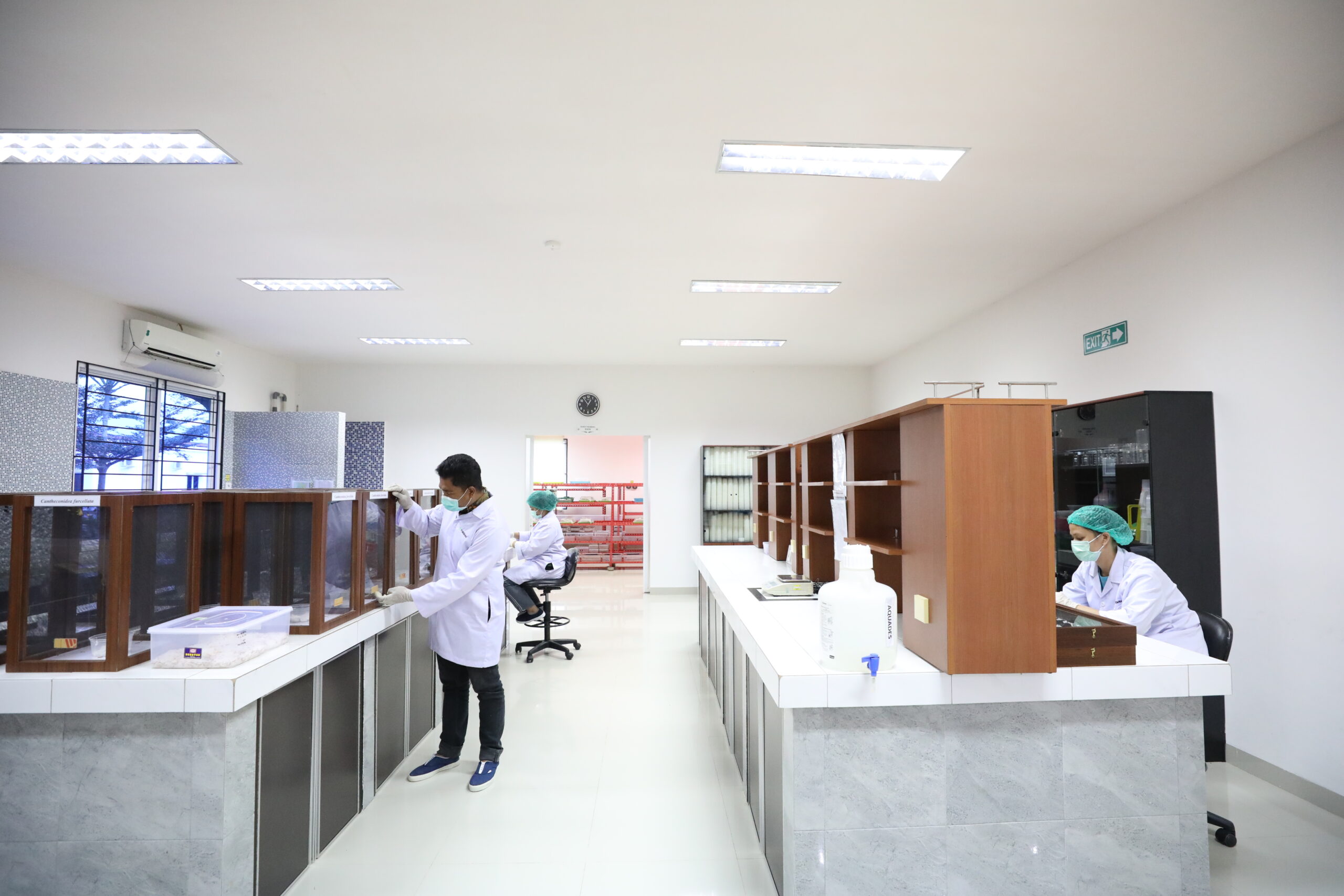 |
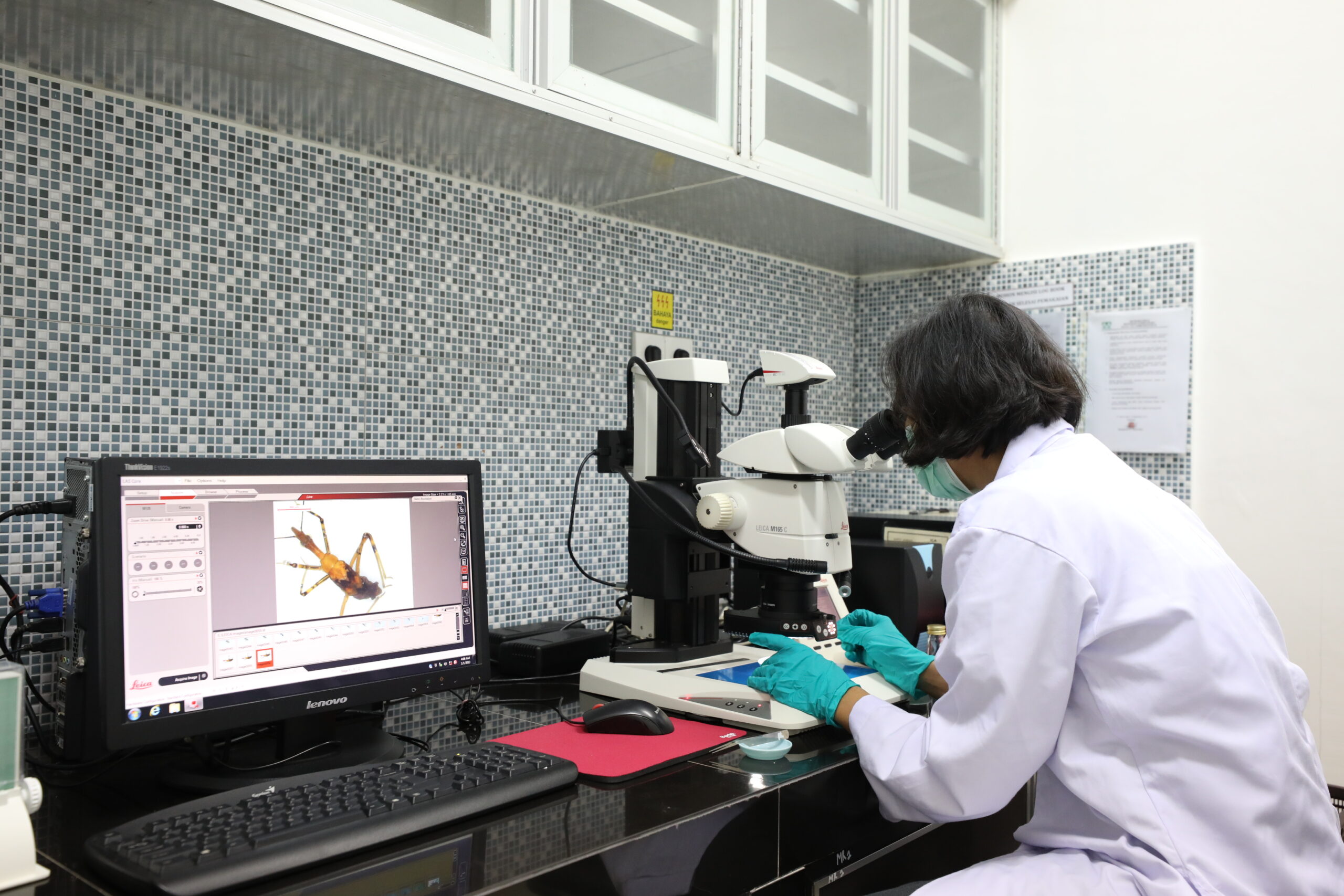 |
References:
[1]: https://www.researchgate.net/publication/318646280_Environmental_Factors_which_lnfluence_Bagworm_outbreak
[2]: https://www.science.org/doi/10.1126/science.359.6379.985
[3]: https://nwdistrict.ifas.ufl.edu/hort/2023/04/20/symbiotic-serenity-ant-aphid-farming-dynamics/
[4]: https://www.intechopen.com/chapters/84893
[5]: https://www.researchgate.net/publication/329697790_Challenges_in_Integrated_Pest_Management


